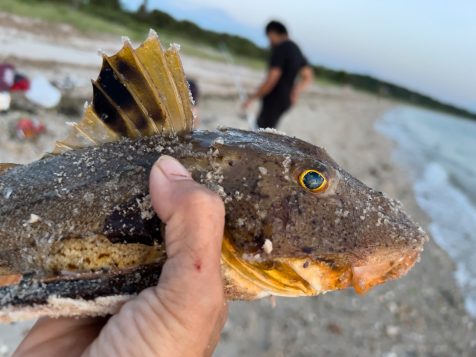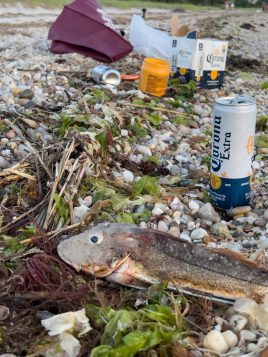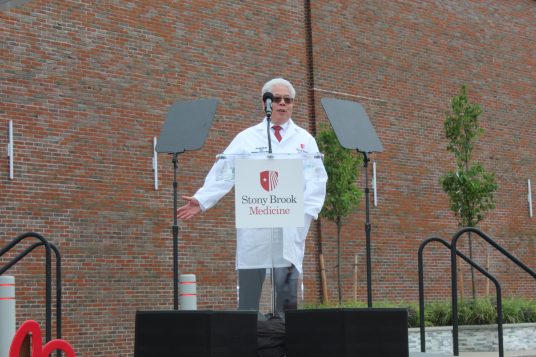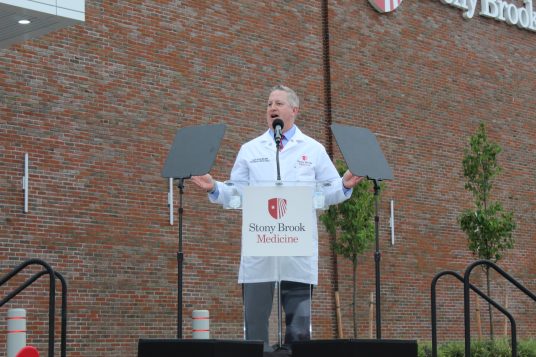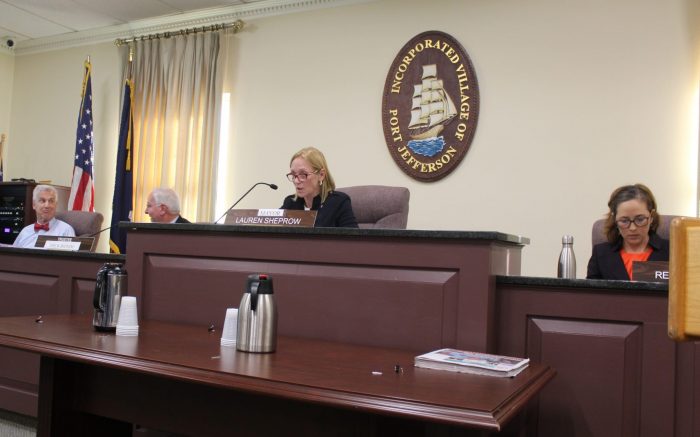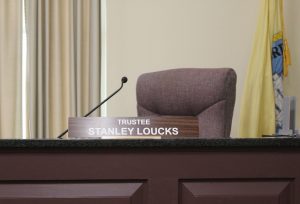Not a resignation
I would like to take this opportunity to make a correction to a statement which appeared in the July 13 edition of The Port Times Record [see story, “Port Jeff village board cans code changes for Maryhaven, tensions flare amid reorganization”].
It was reported that at the Port Jefferson Board of Trustees reorganization meeting that I resigned from my position as village clerk. This is not fully accurate, as I was unceremoniously informed by newly elected Mayor Lauren Sheprow that I would not be reappointed to my position in her administration.
I love this community where I have raised my family, and was honored to have served and worked tirelessly for the last 13-plus years. I consistently performed my job duties with integrity, honesty and professionalism, attributes I will bring to my next job, which regrettably will not be in the Village of Port Jefferson.
Barbara Sakovich
Port Jefferson
Voters deserve legislators who do their homework
The notion that Suffolk County Republicans “don’t care” about the environment is, of course, absurd [letter, “Suffolk County Legislature neglecting wastewater infrastructure,” two directors from League of Women Voters of Huntington, July 13].
We live, work and raise our children on Long Island just as much as Democrats do. Creating a false sense of urgency, some have suggested that all opportunities to improve our water quality will be lost if we do not act today. Hardly.
Suffolk County’s Subwatersheds Wastewater Plan’s goal of restoring and protecting the waters of Suffolk from the impacts of nutrient enrichment-related water quality degradation is a 50-year plan. I am very proud of our pro-environmental record to date, which speaks for itself.
The Republican majority and Democratic minority, in a bipartisan fashion, have approved more than 200 resolutions, resulting in the appropriation of more than $155 million for sewers and other infrastructure projects, clean water initiatives and open space preservation.
To be clear, at the June 21 general meeting of the Suffolk County Legislature, we did not “vote down” two important pieces of legislation that came before us; both in accordance with the Suffolk County Subwatersheds Plan’s goal of reducing the nitrogen level in our groundwater and surface waters.
We simply voted to recess the public hearing, as we need to work out some concerns we have with the proposed legislation, one being that it allows for 10% to cover administrative costs and 75% for Innovative/Alternative Wastewater Systems.
Let’s do the math. Once 10% has been deducted for administrative costs, 67.5% remains for I/A systems, not 75%. And there is no set amount set aside for sewer infrastructure — zero dollars could be used for sewers.
It is our full intention to ultimately allow the voters to decide, via a referendum, whether this legislation should be adopted or not. However, it would be irresponsible to rush through this important work as it is our responsibility to put forward financially viable, sensible and fully transparent legislation. Should a referendum not take place in November, there will be another opportunity during primary elections in the spring, at no additional cost to the taxpayers.
I don’t need to “score political points.” What I need to do is serve the residents of Suffolk County with integrity, responsibility and transparency. And yes, once the voters have all the facts, it will be up to them to decide — of course.
Stephanie Bontempi (R-Centerport)
Suffolk County Legislator
18th Legislative District
Proposed sales tax a blank check for developers
I must respond to the letter to the editor in the July 13 edition regarding the proposed 1/8% sales tax increase that was recessed by the Legislature on June 21.
The estimated $3-to-4 billion additional tax is in addition to the 1/4% sales tax already in place for sewer expansion and septic system replacement. The building industry is strongly in favor of additional sewer expansion, which will permit further development, increase density and traffic and ultimately result in more pollution. If anyone thinks that Nassau County, which is mostly sewered, has better water quality than Suffolk, then I have a bridge to sell you.
If developers desire to connect to sewers and if homeowners desire to install $25,000 so-called advanced septic systems in their front yard (really underground sewage treatment plants with blowers, pumps and continuous electrical and maintenance costs) then they should pay for it themselves and not on the public dime.
The county is already losing population to lower taxed areas. If this wrong-headed proposal does appear on the November ballot, it should be voted down as a blank check to developers to build, build, build at an exorbitant cost to the public and the environment.
Peter Akras
Wading River
LIRR fare hikes needed to improve services
How many Port Jefferson LIRR riders remember that in July 1947 the LIRR increased fares by 20%?
MTA NYC Transit Bus, Subways and Staten Island Railway, MTA Bus along with Long Island Rail Road and Metro-North Railroad have been required every few years to exist on much smaller rate increases. Fare hikes are needed if the MTA operating agencies are to provide the services we count on. The rate rises are inevitable due to increasing costs of labor, power, fuel, supplies, materials, routine safety, state of good repair, replacement of worn-out rolling stock, upgrades to stations, yards and shops.
In 1993, 30 years ago, MetroCards were introduced. These provided free transfers between the subway and bus. This eliminated the old two-fare zones, making public transportation an even better bargain. It has been eight years since the $2.75 base fare was adopted.
Purchasing a weekly or monthly MetroCard, OMNY card or LIRR commutation ticket reduces the cost per ride and provides virtually unlimited trips. Employers offer transit checks which help subsidize a portion of the costs.
The quality and frequency of service is dependent upon a secure revenue stream. MTA management, MTA unions, riders, taxpayers along with city, state and Federal Transit Administration — that provides both capital and operating assistance — all must do their fair share.
This is necessary to ensure a safe and reliable service that millions of daily riders count on. We all have to contribute, be it at the farebox or through tax revenues generated by different levels of government redistributed back to the MTA.
TANSTAAFL stands for “There ain’t no such thing as a free lunch” — or, in this case, a free ride.
Larry Penner
Great Neck
WRITE TO US … AND KEEP IT LOCAL
We welcome your letters, especially those responding to our local coverage, replying to other letter writers’ comments and speaking mainly to local themes. Letters should be no longer than 400 words and may be edited for length, libel, style, good taste and uncivil language. They will also be published on our website. We do not publish anonymous letters. Please include an address and phone number for confirmation.
Email letters to: [email protected] or mail them to TBR News Media, P.O. Box 707, Setauket, NY 11733






